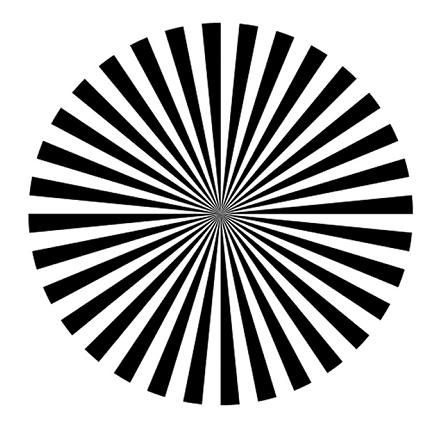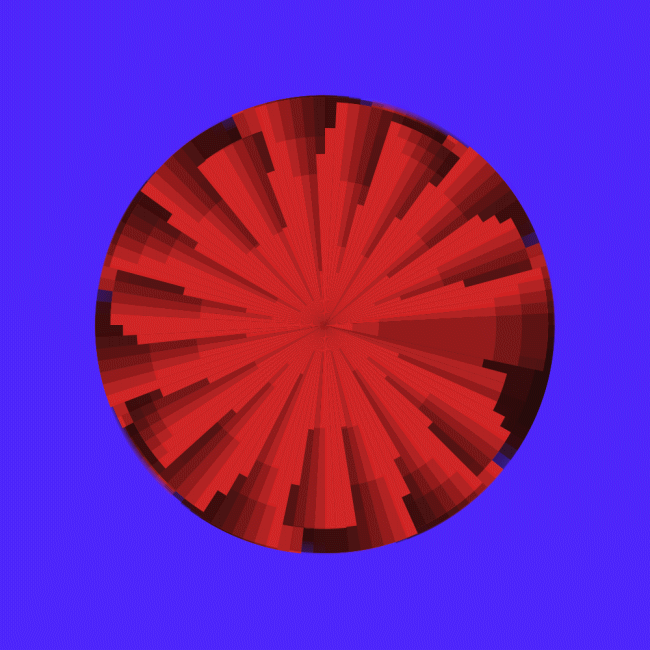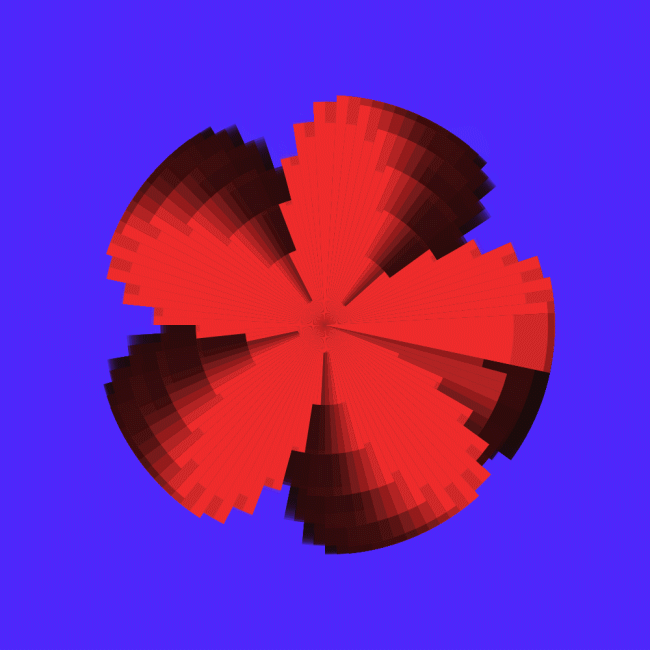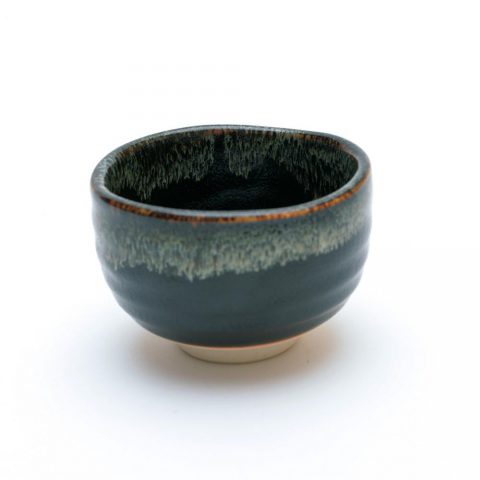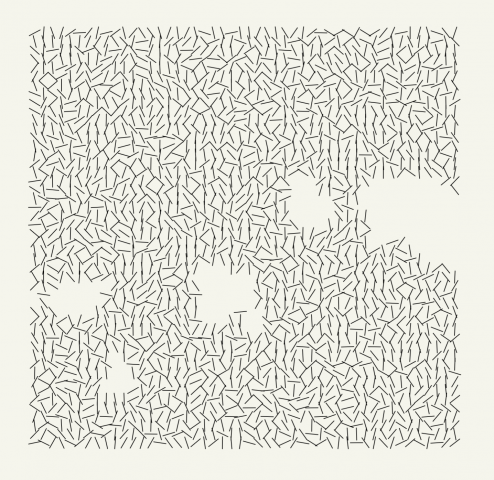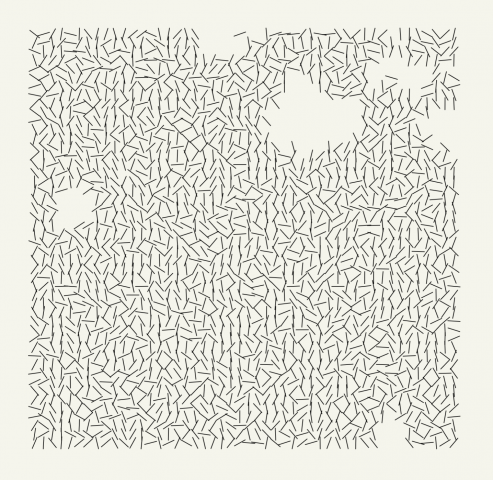
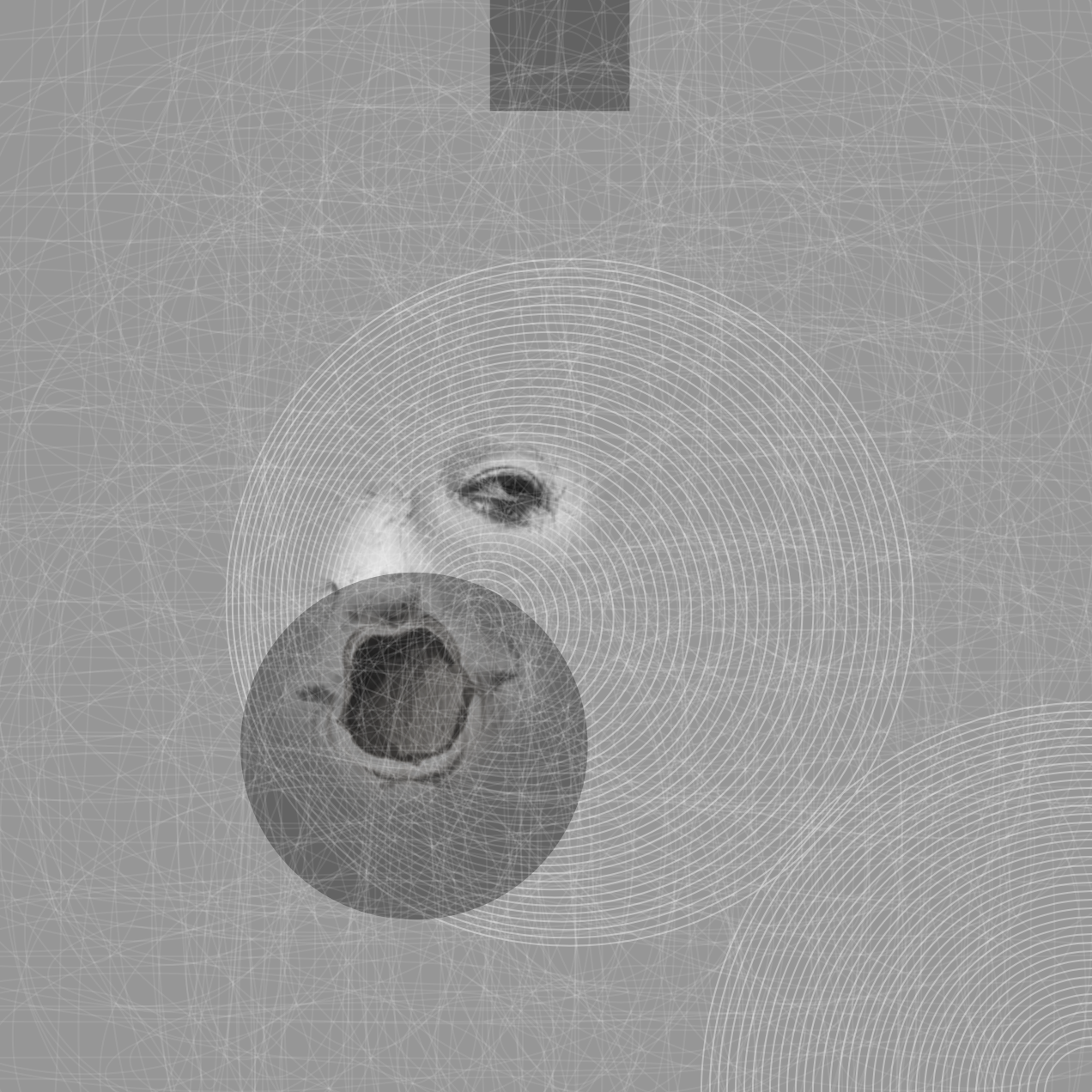 Link to p5js: https://editor.p5js.org/meij_who/sketches/yhAr76fDF
Link to p5js: https://editor.p5js.org/meij_who/sketches/yhAr76fDF
Inspiration from one of the earliest sci-fi film A Trip To The Moon(1902). The idea started with me accidentally found out how to create scratchy film effect, so I decided to do something that feels like stop-motion film. I initially used the distance from upper lip to lower lip to detect the mouth opening, and it can become less accurate as I move farther from the screen. Therefore, for detecting eye blinking, I compare the current eye height and eye height of the previous frame to get a more accurate blinking result. I also try to figure out the math in creating concentric circles with the rotation of the head, but the face sometimes goes out of the circles. If more time is given, I will scale the size of the facial features according to my distance from the camera, and add rotation to the face to make it more realistic. It will also be nice if i can create a projectile motion for the spaceship to land on the right eye of the moon:)
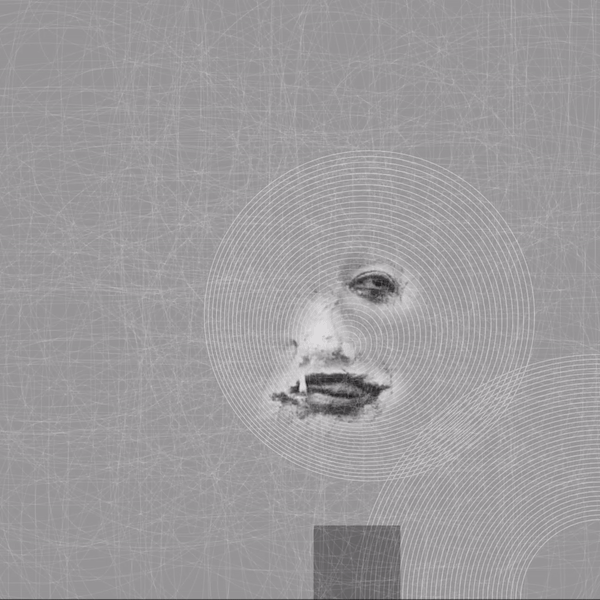
(A fun little music video I made for The Distance To The Moon by L CON)
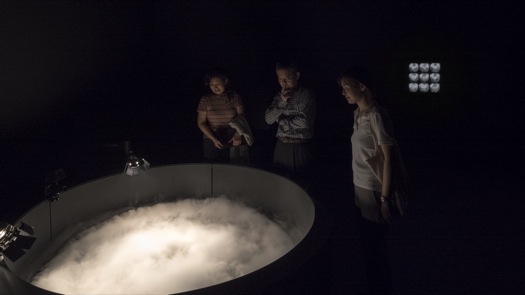


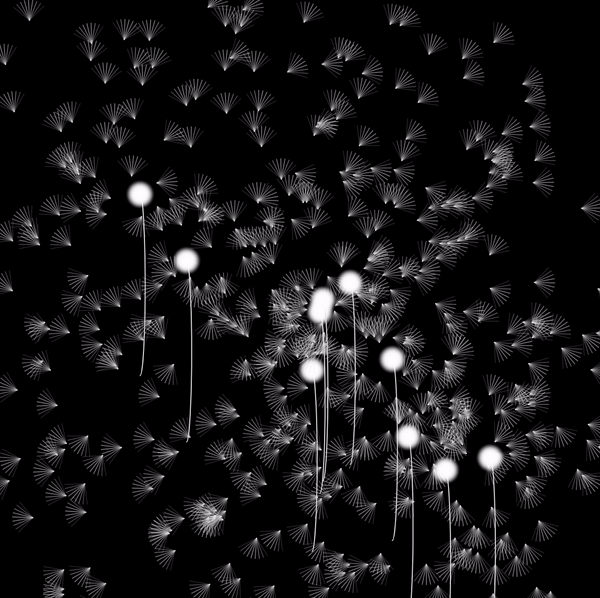
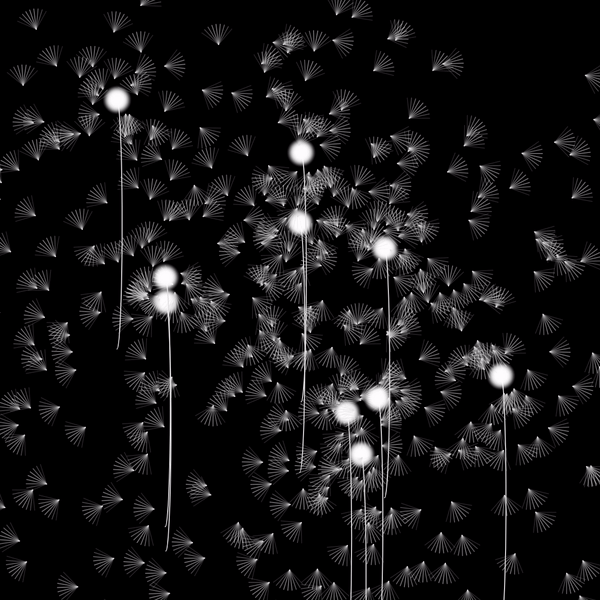
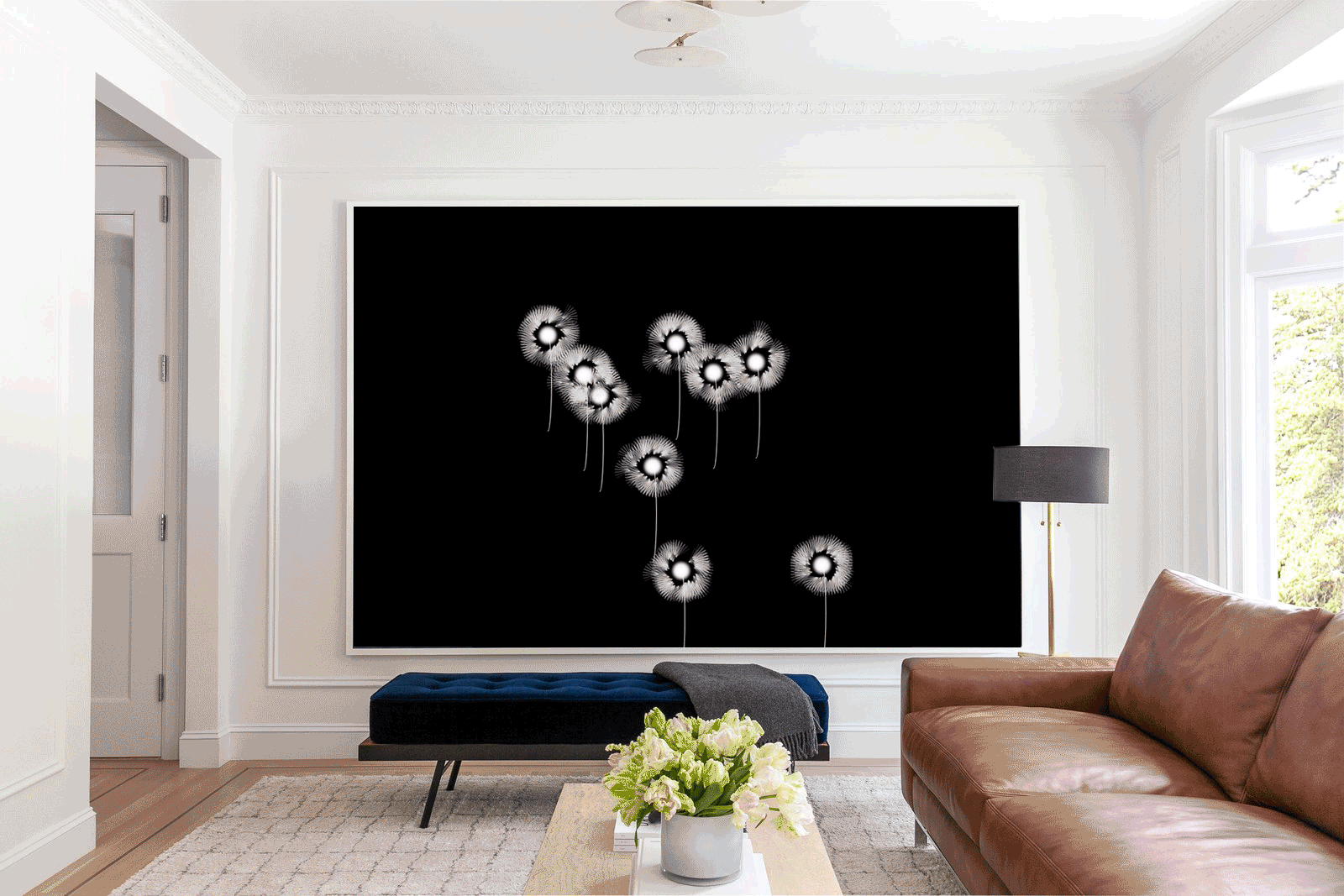 (the clock is not going to be used as an actual clock but can be an large art piece hanging in the room as decoration)
(the clock is not going to be used as an actual clock but can be an large art piece hanging in the room as decoration)